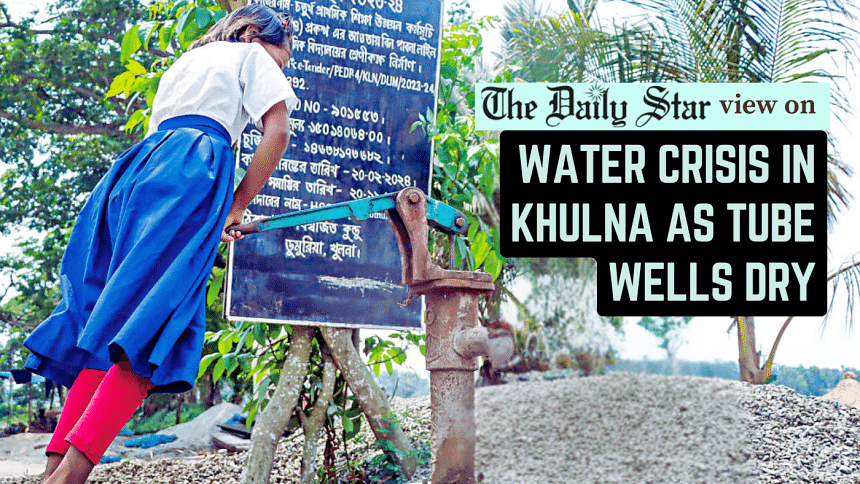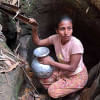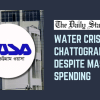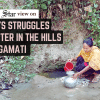Address Khulna’s deepening water crisis urgently

We would like to draw the attention of the relevant authorities to the deepening water crisis across Khulna and its neighbouring districts. Reportedly, 85 percent of the 101,350 hand pumps in the Khulna division are non-functional, including 28,452 in Khulna district alone. The situation is similarly dire in Jashore, where two-thirds of the 24,303 tube wells are unusable.
With the vast majority of hand pumps in Khulna not working, people are being forced to travel long distances and queue for hours alongside hundreds of others to collect water. In some areas, the situation is so severe that only a single functioning tube well remains, serving as the sole safe water source for several nearby villages. In recent years, many previously functional hand pumps have dried up—a trend that appears to be accelerating. Experts and officials from the Department of Public Health Engineering (DPHE) attribute this crisis to excessive groundwater extraction, low rainfall, a lack of water retention structures, climate change, and increasing salinity intrusion. According to them, hand-operated tube wells stop functioning when the water table falls below 26 feet. When it drops to between 30 and 35 feet, even motor pumps fail to extract water. At those depths, only submersible pumps can draw water.
According to the DPHE, the groundwater level in the Khulna region ranged from 18 to 22 feet during March and April of 2015-16. But today, it has dropped to between 24 and 32 feet in parts of the southwestern region. Similarly, the water level has reportedly fallen below 30 to 35 feet in areas of Jashore Sadar, Bagharpara, Jhikargacha, and Sharsha. Although submersible pumps are being installed in some of the worst-affected areas, and Tara No. 6 tube wells and centrifugal pumps are being deployed in places where the water level has fallen below 30 feet, the pace of implementation appears wholly inadequate. This indicates that the authorities have failed to grasp the severity of the crisis and the suffering of the people, which is unacceptable. It is high time the authorities addressed this growing crisis with the seriousness it demands, accelerating the installation of more advanced water pumps.
At the same time, it is important to recognise that the continued and rapid extraction of groundwater is completely unsustainable. Therefore, the government must not only prevent further damage to the region's water retention structures but also ensure their restoration. In collaboration with experts, it must identify and implement additional measures to address this crisis and guarantee long-term water security for the people in the region.


 For all latest news, follow The Daily Star's Google News channel.
For all latest news, follow The Daily Star's Google News channel. 









Comments